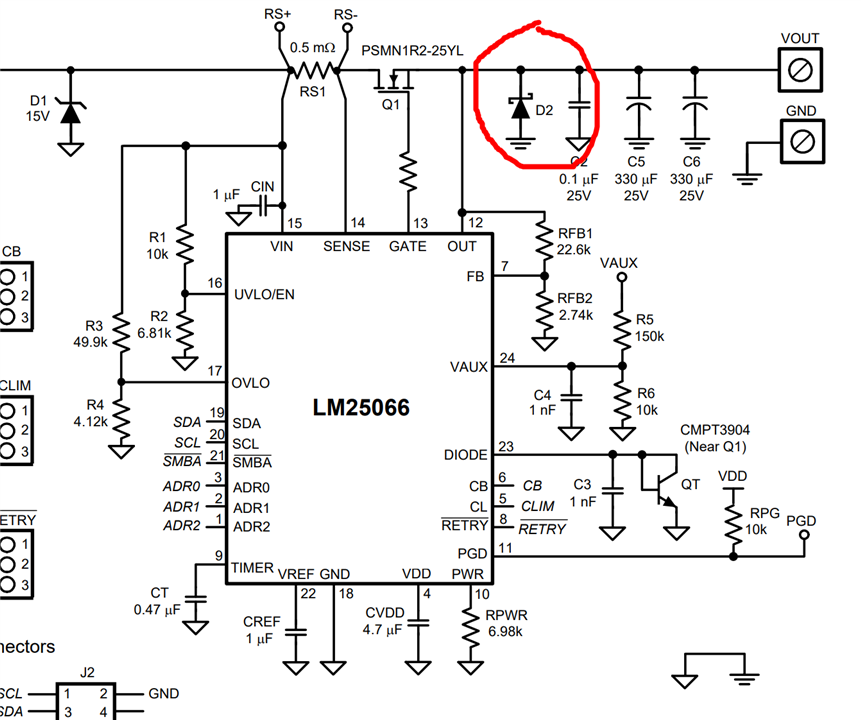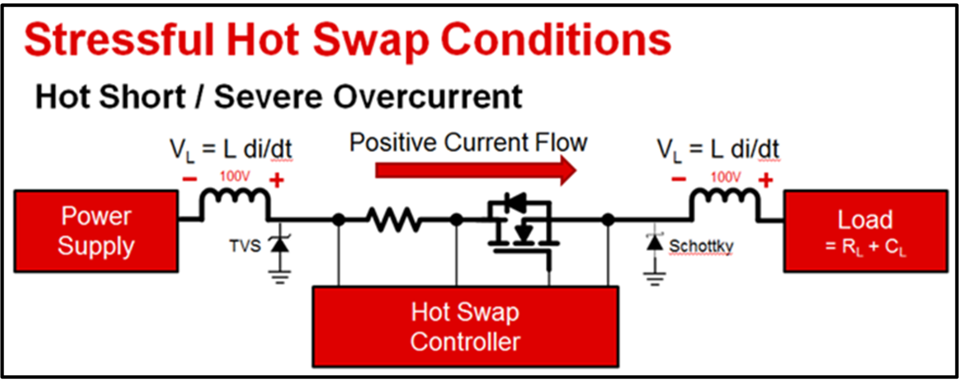Other Parts Discussed in Thread: TPS25990, LM25066
We are planning to use the LM25066A in our design. We have selected primary components based on the design calculation sheet provided in the TI sheet and training videos. I am attaching the schematics and Design calculation sheet in the attachment. Kindly help me by providing review for the same. HOT_SWAP_CNTRL_REVIEW_DOCS.zip




